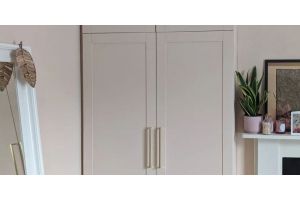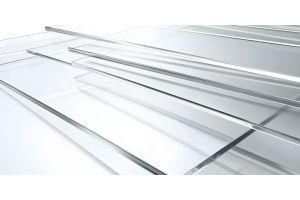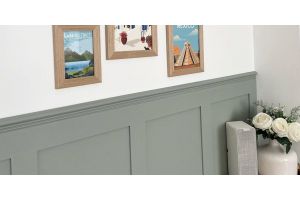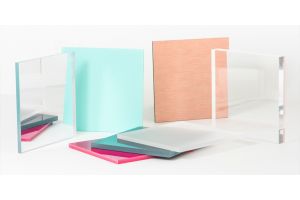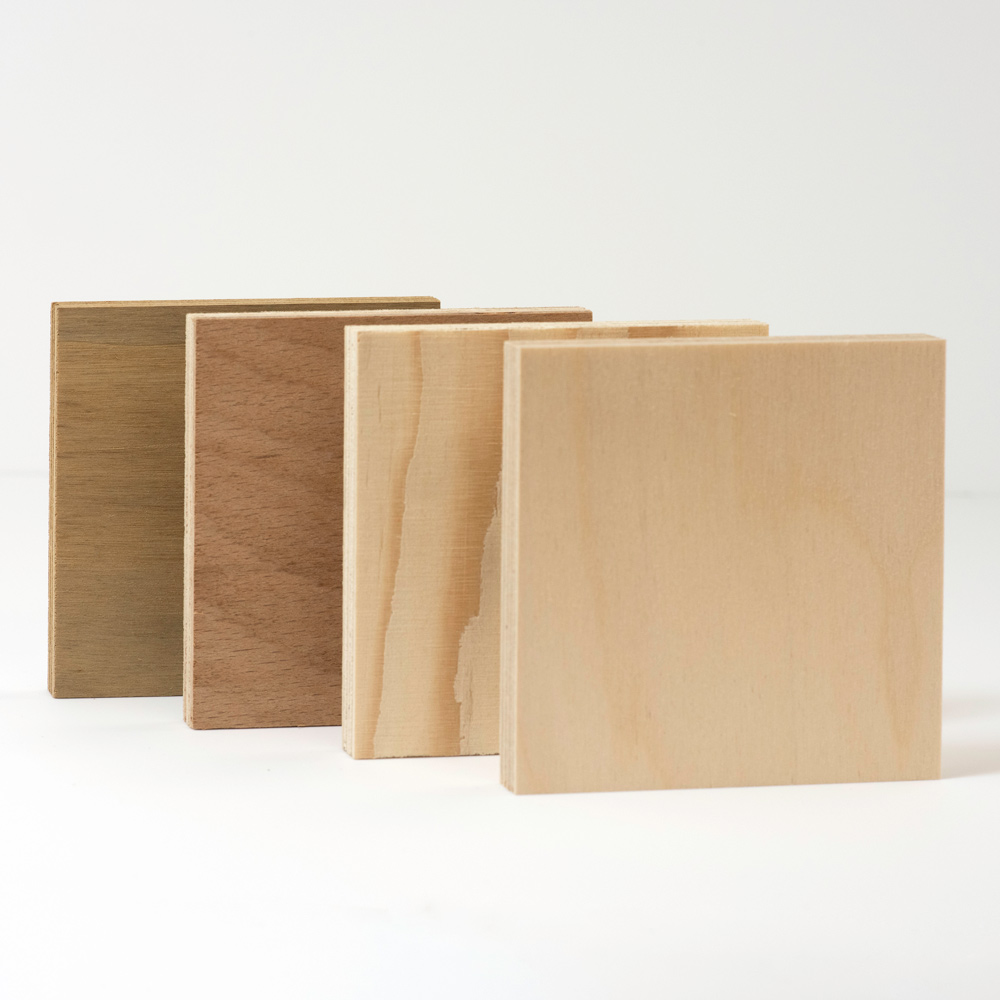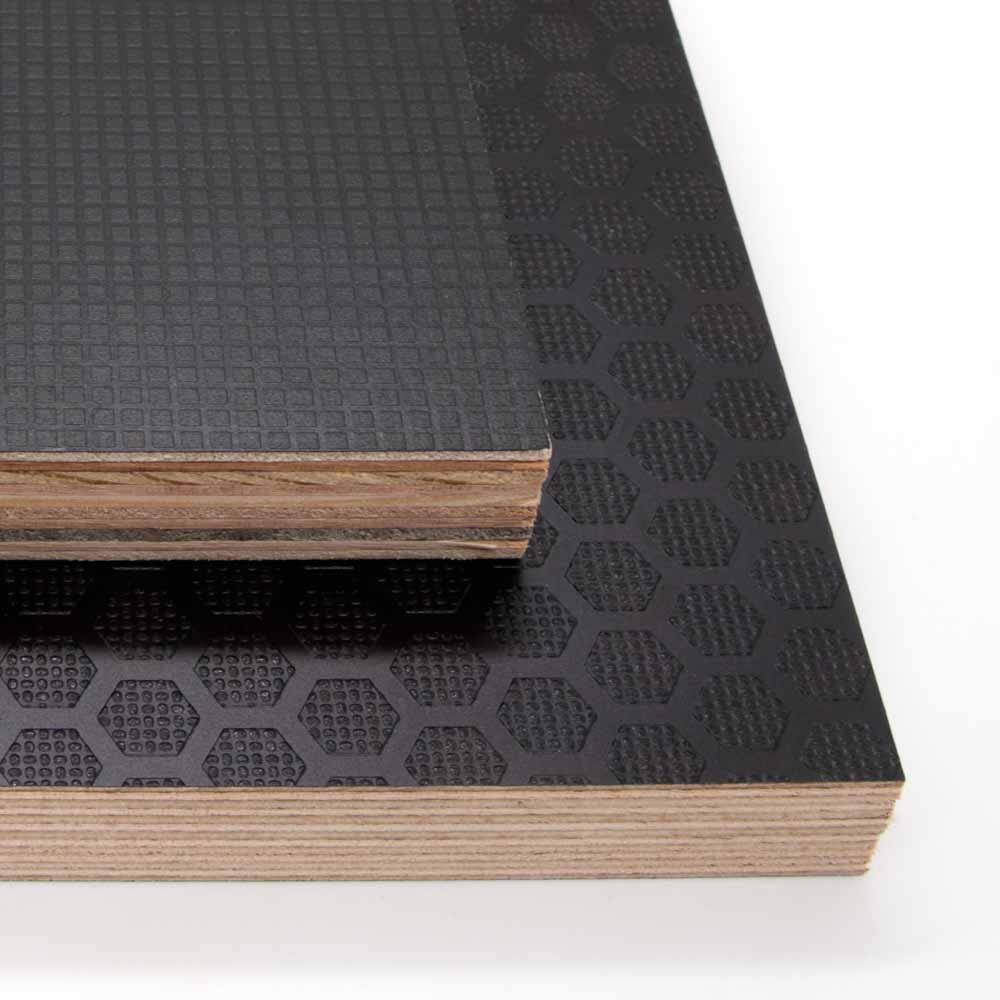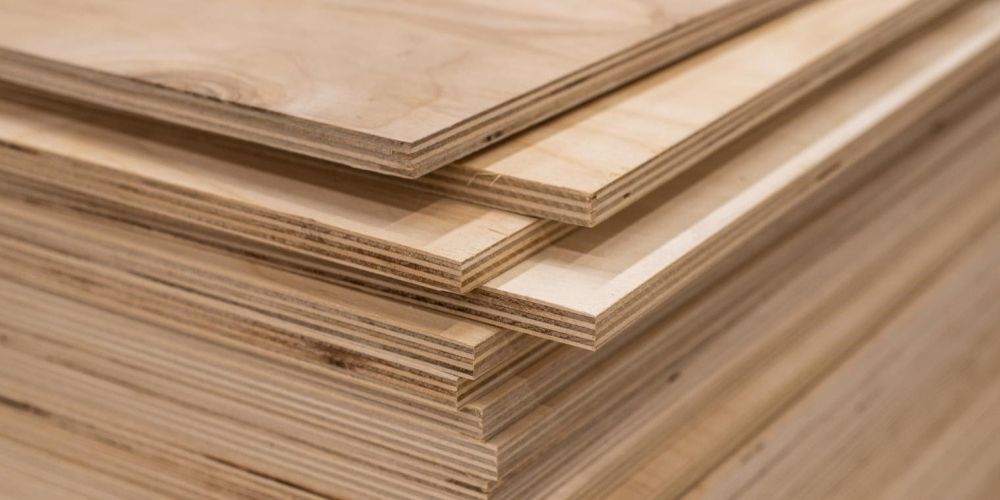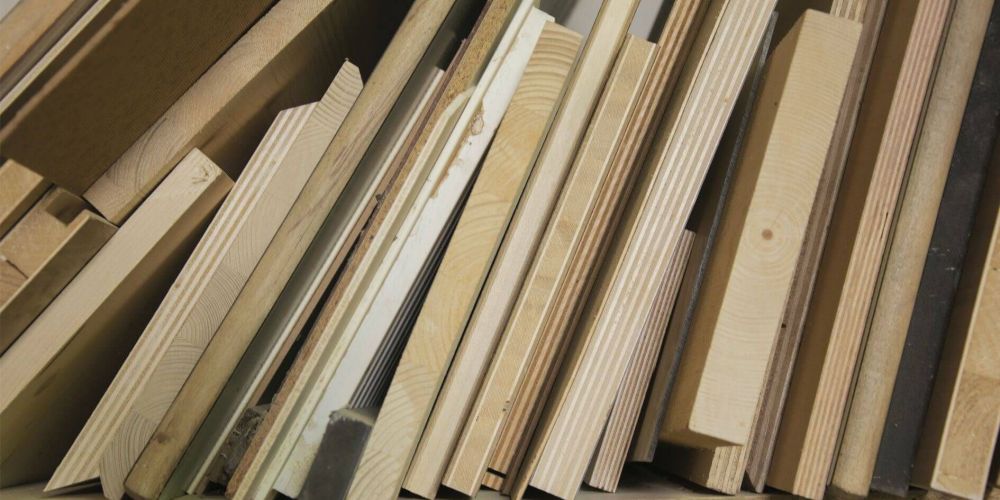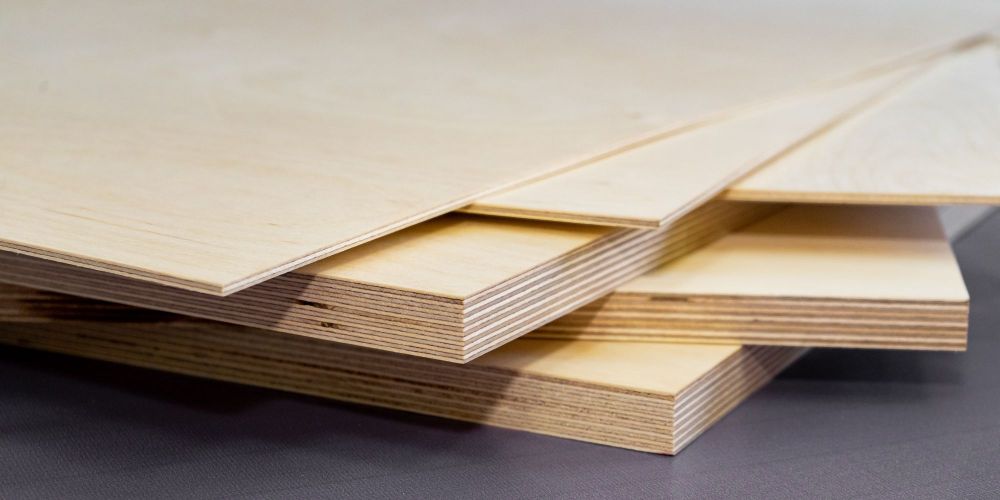
If you are a DIY enthusiast, you’ve likely worked with plywood on numerous projects. But have you ever wondered about the sustainability of this versatile material? Is plywood sustainable? Is it environmentally friendly? Can it be recycled? In this comprehensive guide, we’ll explore the sustainability of plywood, its environmental impact, and how you can make eco-conscious choices in your DIY projects.
Reducing the carbon footprint is crucial for sustainable and eco-friendly practices in the plywood industry.
What Makes Plywood Sustainable?
Plywood’s sustainability stems from its efficient use of wood resources. Unlike solid wood products, plywood is made by layering thin veneers of natural wood, allowing manufacturers to maximise the yield from each log. This process results in less waste and a more efficient use of timber resources.
The sustainability of plywood panels also comes from its strength-to-weight ratio. Plywood is often stronger and more stable than solid wood of the same thickness, meaning less material is needed for many applications. Additionally, sustainable plywood features low formaldehyde emissions, which meet high standards for environmental safety. FSC certified plywood, sourced from responsibly managed forests, further enhances sustainability by ensuring responsible timber sourcing and offering benefits like a natural hard-wax coating.
When considering the sustainability of plywood products, it’s crucial to look at its sourcing. In the UK, look for plywood certified by the Forest Stewardship Council (FSC) or the Programme for the Endorsement of Forest Certification (PEFC). These certifications ensure that the wood used in the plywood comes from responsibly managed forests. Comparing the sustainability of hardwood trees and softwood plywood is essential; hardwood trees grow slowly and are harder to replace, while softwood plywood comes from fast-growing trees that regenerate quickly, making it a more sustainable option.
Many UK suppliers now offer sustainable plywood options. By choosing certified products, you’re supporting sustainable forestry practices and helping to reduce the environmental impact of your DIY projects.
Environmental Impact of Plywood Production
While plywood panels can be a sustainable choice, it’s important to consider its production process when assessing its environmental impact. The manufacturing of plywood involves energy consumption and emissions, primarily from the processes of drying veneers and pressing them together with adhesives.
However, innovations in eco-friendly production methods are helping to reduce the environmental impact of plywood. These innovations can also help lower the carbon footprint by minimizing emissions from the production process. Some manufacturers are using low-emission adhesives and more energy-efficient production techniques. When choosing plywood for your projects, look for products from manufacturers who prioritise sustainable production methods.
One often overlooked aspect of plywood sustainability is its durability. Plywood is known for its strength and resistance to warping, which contributes to its longevity. The longer a material lasts, the less frequently it needs to be replaced, reducing overall resource consumption. This durability and longevity make plywood an excellent choice for plywood furniture, as it ensures that the furniture will last for many years.
To maximise the lifespan of your plywood projects and enhance their sustainability:
- Choose the right grade and type of plywood for your project
- Apply appropriate finishes to protect the wood
- Store plywood panels properly to prevent warping or damage
By ensuring your plywood projects last longer, you’re directly contributing to their sustainability.
The sustainability of plywood extends beyond the material itself to the finishes you apply. Opt for eco-friendly options such as:
- Low-VOC (Volatile Organic Compound) or water-based paints and varnishes
- Natural oils like linseed or tung oil
- Beeswax or other natural waxes
These finishes not only reduce the environmental impact of your projects but also create healthier living spaces by minimising harmful emissions. Additionally, eco-friendly finishes can enhance the wood grain of plywood, making it more visually appealing and durable.
Is Plywood Recyclable? Recycling and Disposing of Plywood
A common question among environmentally conscious DIYers is, “Can plywood be recycled?” The answer is yes but with some caveats. Clean, untreated plywood can often be recycled or repurposed. However, plywood that has been treated with chemicals, paints, or varnishes may not be suitable for recycling. Plywood is a class B wood and can be recycled separately from untreated timber.
In the UK, options for plywood recycling vary by location. Check with your local recycling centre or waste management facility for specific guidelines. Some facilities may accept plywood as part of wood recycling programmes. Recycling plywood properly is important to reduce environmental impact.
If recycling isn’t an option, consider these alternatives:
- Repurpose plywood scraps for smaller projects
- Donate usable pieces to community workshops or schools
- Use plywood waste as biomass fuel, where facilities exist
Proper disposal is crucial when recycling isn’t possible. Avoid burning treated plywood, as it can release harmful chemicals. Instead, dispose of it according to local regulations for construction waste.
Making Sustainable Choices in DIY Projects
To enhance the sustainability of your plywood projects:
- Assess the environmental impact of all materials used
- Balance sustainability with project requirements
- Plan carefully to minimise waste
- Use offcuts and scraps creatively in other projects
- Consider the entire lifecycle of your project, from sourcing to eventual disposal
By keeping these factors in mind, you can significantly reduce the environmental impact of your DIY work.
In conclusion, plywood can be a sustainable choice for your DIY projects when sourced from sustainably managed forests. Its sustainability stems from:
- Efficient use of wood resources
- Durability and longevity
- Potential for recycling and reuse
- Availability of certified sustainable options
The environmental friendliness of plywood depends on various factors, including sourcing, production methods, and how it's used and disposed of. By choosing certified sustainable plywood, using eco-friendly finishes, and considering the entire life cycle of your projects, you can minimise the environmental impact of your DIY work.
Remember, every choice matters. As a DIY enthusiast, you have the power to make a positive impact on the environment through your material choices and practices. By prioritising sustainability in your plywood projects, you're not just creating something beautiful or functional – you're contributing to a more sustainable future.
So, the next time you're planning a DIY project, ask yourself: "How can I make this more sustainable?" With the information in this guide, you're now well-equipped to make environmentally conscious decisions about using plywood in your DIY adventures.
To view our sustainability efforts for all materials, please visit our sustainability section.


